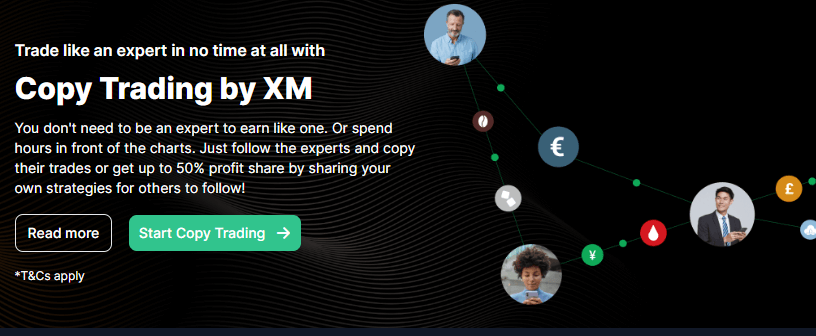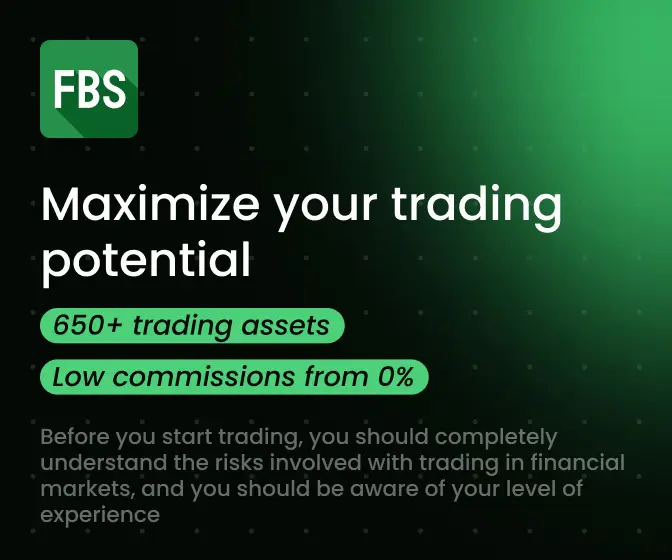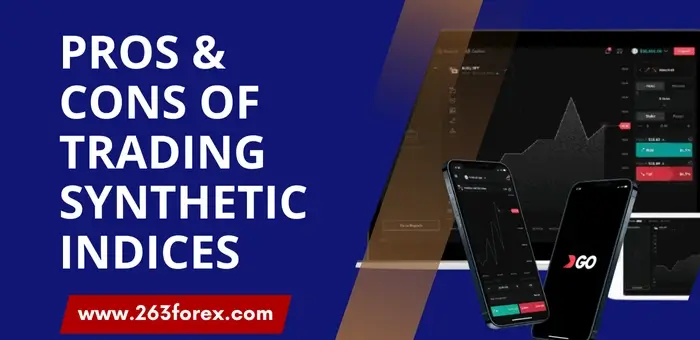I have been trading Deriv synthetic indices since their launch in 2016. Now almost a decade later, I’ve come to appreciate the unique offerings of synthetic indices. While they present exciting opportunities, they’re not without their challenges.
This guide aims to shed light on both sides, helping new traders like you get to understand how they actually work in real-life trading.
✅ Advantages of Trading Synthetic Indices
1. You Can Trade Anytime (Even on Weekends)
One of the biggest perks of synthetic indices is that they’re open 24/7 — no market closures, no holidays, no waiting for Monday. You can trade whenever it suits you, whether that’s after work, on a Sunday morning, or late at night.
2. No Stress From News or Economic Events
You don’t have to worry about surprise interest rate hikes or breaking news crashing your trades. Synthetic indices aren’t tied to the real economy — they follow their own algorithm. That means price movement is clean and mostly technical, which is great for traders who hate news noise
3. You Get to Choose Your Volatility
Not every index moves the same. Some are slow and steady, like V10 and V25, while others like V75 or V100 (1s) move fast and aggressively. This makes it easier to pick something that matches your risk level and trading style.

4. You Don’t Need a Lot of Money to Start
You can get going with as little as $10–$30 depending on the index and lot size. That’s why I always recommend synthetics for new traders — they’re accessible, and you can learn without risking too much upfront.
5. Good Spreads and Leverage for Short-Term Traders
Most synthetic indices have tight spreads, and Deriv offers decent leverage. If you’re scalping or doing short-term trades, this helps a lot. You don’t have to fight wide spreads just to break even.
6. Synthetic indices can be traded with Price action
When you look at synthetic indices charts you will see such components of price action trading like pin bars, M & W patterns, engulfing bars and other chart patterns.
You can use these to trade synthetic indices using price action as is done in forex trading.
7. There Are a Number of Different Synthetic Indices
One of the best things about trading synthetic indices is the flexibility. Each index has its own personality — some move fast and wild, while others are calmer and more predictable. This gives you the chance to trade in a way that fits your style and risk appetite.
If you prefer fast-paced movement, you might lean toward indices like Volatility 75 or Volatility 100 (1s). On the other hand, if you’re looking for something more stable, Volatility 10 or Volatility 25 be more suited to you.
You also have options like Boom and Crash, Range Break, and Jump indices if you’re drawn to spikes or sudden moves.
👉 To make it easier, I’ve broken them down for you:
Start with the one that feels right for your current skill level — and always test on demo first.

Other Advantages of Trading Synthetic Indices Include:
- Synthetic indices are generated randomly and also audited for fairness by an independent source. This means that they’re not subject to manipulation or fixing.
- When trading synthetic indices on DTrader, you’ll know your exact risk at the outset, so no nasty surprises or margin calls.
- Synthetic indices are ideal for small and large traders alike with deep liquidity and fast order execution at any time of day or night.
- Trading synthetic indices can be regarded as training for understanding real markets, as a first step before graduating to trading more complex instruments like forex and stock indices.
- New synthetic indices are to be offered as Deriv heavily invests in research and development. For example, Hybrid indices were launched in April 2025.
- They’re ideal for automated trading with continuous quotes and no gaps.
- There are no negative balances.

❌ Disadvantages of Trading Synthetic Indices
Trading synthetics has its perks, but it’s not all smooth sailing. Here are a few things you need to be aware of — especially if you’re still learning the ropes:
1. Easy to Overtrade If You’re Not Careful
Because the market never closes, it’s tempting to keep opening trades non-stop — especially after a win or a loss. That’s how accounts get blown. You need discipline and a clear trading plan, or else the 24/7 availability becomes a trap instead of a benefit.
2. No Use for News or Fundamentals
These indices aren’t tied to real economies or global events, so reading economic calendars or analyzing fundamentals won’t help. Everything comes down to price action and technicals. If you’re used to trading based on news, it’s an adjustment.
3. You Have to Trust the System
Synthetic indices are run by an algorithm, and while Deriv says it’s secure and audited, you still have to take their word for it. Unlike forex where pricing comes from multiple sources, here it’s all in-house. If you don’t trust the platform, you’ll struggle mentally with your trades.

5. Limited Long-Term Chart History
Most synthetic indices don’t have years and years of clean historical data like forex or stocks. That makes it hard to backtest strategies over the long haul or study how the market behaved during different conditions. You’re mostly working with short- to mid-term patterns.rency in their construction can raise concerns. Traders must trust the integrity of the platform providing these indices.
6. Limited Broker Availability
Synthetic indices are primarily offered by specific brokers, such as Deriv. This limited availability can restrict traders’ choices regarding platforms and trading conditions.
7. Regulatory Concerns
Since synthetic indices are not based on real-world assets, they may not be as heavily regulated in some jurisdictions. This lesser degree of oversight can raise concerns about transparency and fair trading practices, potentially putting traders at risk.
8. No Physical Assets
Synthetic indices do not represent ownership or interest in physical assets, which can be a downside for those who prefer investments tied to tangible goods or real economic activities.

🔄 Want to See How They Compare to Forex?
Synthetic indices have their pros and cons — but how do they actually stack up against traditional forex trading?
👉 I’ve broken it all down here:
Synthetic Indices vs Forex – Key Differences You Should Know →
If you’re still deciding which route to take, that guide will help you weigh both sides properly.
🔗 Explore More on Synthetic Indices
To deepen your understanding of synthetic indices and how they compare to traditional forex trading, check out our comprehensive guides:
- How To Trade Synthetic Indices on MT5 (Updated 2025)
A step-by-step guide to setting up and executing trades on synthetic indices using the MT5 platform. - Boom & Crash Scalping Strategy – Grow Your Account Steadily
Learn effective scalping strategies specifically tailored for Boom and Crash indices. - Volatility 75 Index Strategy for Scalping
Discover the proven techniques I use for scalping the Volatility 75 Index.
These resources will provide you with a broader perspective and actionable strategies to enhance your trading journey.

🧩 So Should You Trade Synthetic Indices?
If you’re still on the fence, here’s the truth — synthetic indices can be worth it, but only if you take time to understand them first.
These markets aren’t toys. They move with purpose, have patterns, and reward those who take the time to learn. Over the years, I’ve seen traders make a living off these indices — some living large, full-time, just from Boom & Crash or Volatility 75.
Their popularity hasn’t faded — in fact, it’s grown. That alone should tell you something. New traders love them for their structure and accessibility, while seasoned traders stay for the precision and profit potential.
But before you go live, demo trade. Test your strategy. Learn the rhythm. Understand your risk.
As for me? I’ll be trading synthetics for a long time to come. These are my favourite instruments — and they’ve earned that spot.
Share your thoughts and experiences in the comments below

❓ FAQ: Synthetic Indices – Pros, Cons & What to Know
Not necessarily better — just different. Forex is tied to global news and politics, while synthetics are algorithm-driven and clean. Some traders prefer synthetics for the structure and consistency.
For me, it’s the 24/7 availability and the fact that news events don’t interfere. You can focus purely on price action without worrying about sudden fundamental surprises.
No. Deriv uses a cryptographically secure random number generator, and the algorithm is regularly audited for fairness. I’ve traded them since 2016 and have never seen evidence of manipulation.
Overtrading. Since the markets never close, it’s easy to keep going and blow your account out of excitement or frustration. Discipline is key.
Yes — but only after demo trading properly. I always tell new traders to start with V10 or V25 using 0.001 lot sizes and build up slowly.
Definitely. In fact, they follow structure so well that price action strategies work beautifully if you take the time to study each index.





Other Posts You May Be Interested In
💸 How to Deposit and Withdraw from Your Deriv Account (Updated 2025)
📅 Last updated: May 19, 2025 ✍️ Written by: Jafar Omar ✅ Fact-checked by: Munyaradzi [...]
HFM Demo Account Review 🎮Practice Your Strategies Risk-Free
📅 Last updated: July 10, 2024 ✍️ Written by: Jafar Omar ✅ Fact-checked by: Munyaradzi [...]
Base Currency in Forex Trading: What It Is & How to Choose (2025 Guide)💱
📅 Last updated: May 20, 2025 ✍️ Written by: Jafar Omar ✅ Fact-checked by: Munyaradzi [...]
Volatility 75 Index Strategy For Scalping 📈
📅 Last updated: July 25, 2024 ✍️ Written by: Jafar Omar ✅ Fact-checked by: Munyaradzi [...]
Deriv Copy Trading Review (2025): Is cTrader Worth It? ♻️
📅 Last updated: May 20, 2025 ✍️ Written by: Jafar Omar ✅ Fact-checked by: Munyaradzi [...]
HFM Premium Account Review
📅 Last updated: July 11, 2024 ✍️ Written by: Jafar Omar ✅ Fact-checked by: Munyaradzi [...]